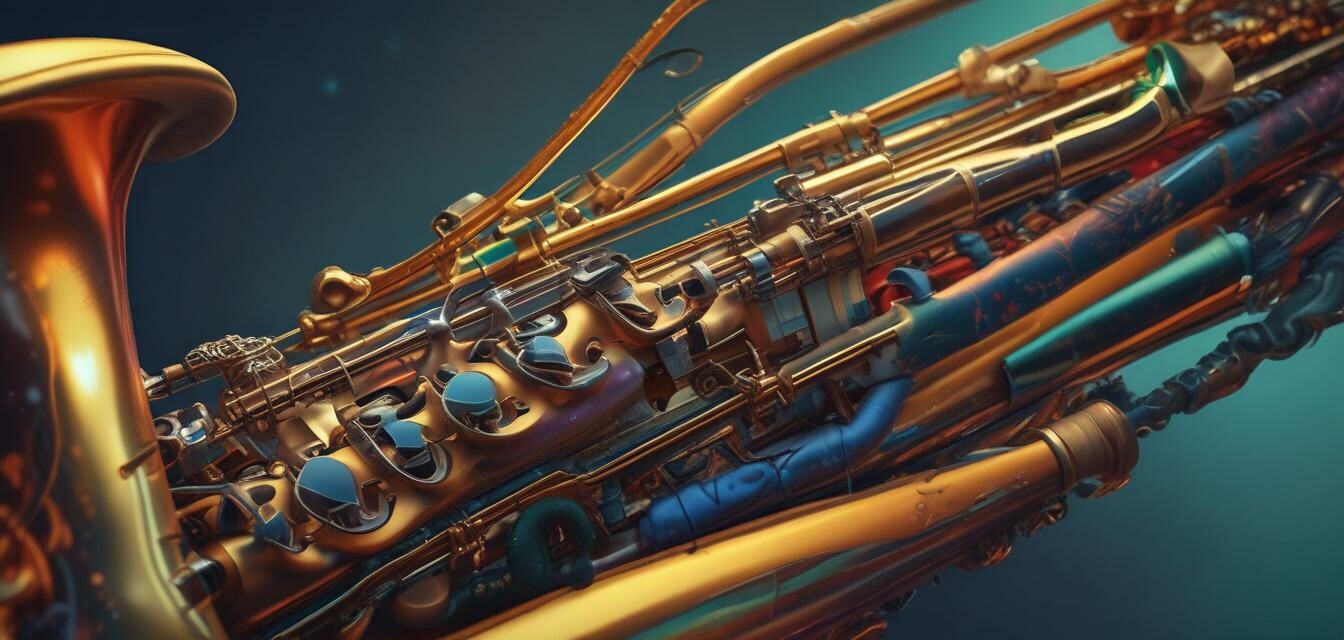
Tenor Saxophone and Indie Music: A Modern Collaboration
The tenor saxophone, a staple in jazz and classical music, is finding new life within the indie music scene. This article explores the fusion of tenor saxophone melodies and contemporary indie sounds, and how musicians are creatively integrating this expressive instrument into their work. Read on to discover the evolution of sound and the exciting collaborations we see today.
Key Takeaways
- The tenor saxophone adds a unique layer to indie music, creating rich soundscapes.
- Many contemporary artists are embracing the tenor saxophone for its versatility.
- Integration of the saxophone allows for a blending of genres, pushing indie music boundaries.
Understanding the Indie Music Genre
Indie music, short for independent music, is characterized by a DIY ethos and a focus on artistic freedom. Though initially emerging from the indie rock scene, this genre now includes a variety of styles, from folk to electronic. Saxophones, especially the tenor, contribute to this richness, offering both melodic and harmonic support.
The Rise of Saxophone in Indie
Over the past few years, there has been a noticeable increase in the use of the tenor saxophone within indie tracks. Some significant reasons for this trend include:
- Diverse Influences: Musicians are drawing inspiration from various genres, leading to innovative sound combinations.
- Unique Sound Palette: The warm tones of the tenor sax create a distinct atmosphere that complements indie's often introspective lyrics.
- Collaboration Opportunities: Indie musicians frequently collaborate with jazz players, introducing saxophone melodies into their compositions.
Influential Artists Incorporating the Tenor Saxophone
Several artists and bands have embraced the tenor saxophone, using its smooth sound to enrich their music. Here are a few noteworthy examples:
| Artist/Band | Song | Album | Year |
|---|---|---|---|
| Mac DeMarco | Chamber of Reflection | Salad Days | 2014 |
| Gus Dapperton | Prune, You Talk Funny | Where Polly People Go to Read | 2019 |
| Spirit of the Beehive | Hypnic Jerks | Hypnic Jerks | 2020 |
The Creative Process Behind Saxophone Integration
Integrating the tenor saxophone into indie music involves a nuanced creative process. Here are some common practices musicians adopt:
- Layering: Saxophone lines often serve as a warm overlay to other instrumental parts, enriching the overall texture.
- Improvisation: Artists frequently include sax solos, showcasing the player’s skill and adding improvisational flair.
- Distinct Compositions: Some tracks are structured specifically around saxophone melodies, allowing for a unique compositional style.
Benefits of Incorporating Saxophone into Indie Music
Here are some advantages of adding tenor saxophone elements into indie tracks:
Pros
- Adds depth and richness to the overall sound.
- Enhances emotional expression through warm tones.
- Encourages innovation and genre-blending opportunities.
Cons
- May require additional skill in composition and performance.
- Risk of overshadowing other instrumental parts if not balanced correctly.
Recommended Practices for Indie Artists
For indie musicians looking to integrate the tenor saxophone into their music, here are some helpful tips:
Beginner Tips for Integrating Saxophone
- Start with simple melodies and gradually build complexity.
- Use digital audio workstations (DAWs) to experiment with saxophone samples.
- Collaborate with skilled saxophonists to enhance musical ideas.
Conclusion
The tenor saxophone continues to be a powerful voice in the indie music landscape. As artists explore new creative collaborations, this rich instrument will undoubtedly find its place in more contemporary hits. Whether you’re an aspiring musician or a long-time fan, the intersection of tenor saxophone and indie music promises an exciting future.
For more insights on the role of tenor saxophone in music, check out our Buying Guides or visit our Musical Styles Exploring section. Don't miss our offerings for Cases & Stands or delve into Sheet Music & Books.